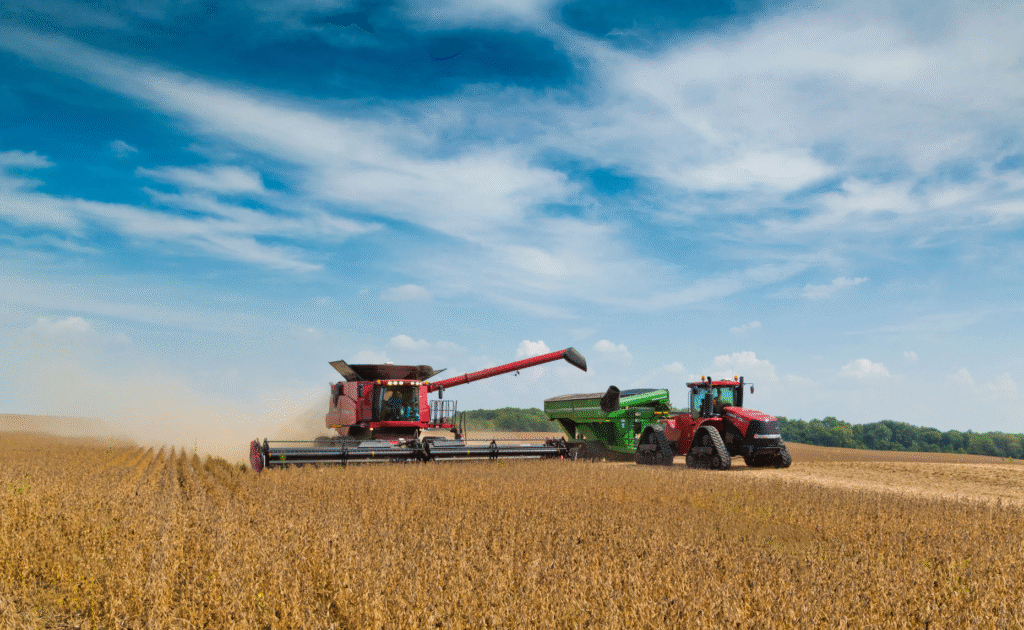
Primitive subsistence farming is at the very base of what we know of agriculture from the early days of human civilisation. It is out of this that farmers produce just what is needed for their own families’ sustenance, mostly instead of growing cash crops for the market. We see this type of farming in rural, hilly and tribal areas which do not have access to modern amenities like irrigation, fertilisers and advanced machinery. It is a very much a hands-on, natural approach which has a very human element to it, the use of natural soil fertility, seasonal rain, and practices that have been handed down through the generations.
Meaning and Concept
Primitive subsistence farming is what we term for a very small scale of agriculture, which is done to feed a farmer’s family. The term primitive is also used to note that these are very traditional methods that are very much at the mercy of the environment. Also, in contrast to commercial or large-scale farming, which may use science and technology, this does not. In this method, farmers use handmade tools like digging sticks, hoes, wooden ploughs, and sickles, and they rely mostly on human and animal labour for the work.

Characteristics of Primitive Subsistence Farming
Small Land Holdings: Farms tend to be very small, often less than one hectare in size, which is for the use of the family.
Simple Tools and Techniques: Implements are of simple design and manual operation, which do not include the use of tractors or power-driven machinery.
Family Labour: In the farm, all family members pitch in.
Dependence on Natural Conditions: Farmers depend on the monsoon and natural soil health. We see very little of chemical fertilisers or artificial irrigation.
Low Productivity: Output is very low per hectare due to a lack of improved seeds, fertilisers and scientific methods.
Traditional Knowledge: Farming methods and crop rotations, which we have from our ancestors, as opposed to science.
Mixed Cropping: Farmers usually grow a variety of cereals, pulses and vegetables for food security in poor weather.
Types of Primitive Subsistence Farming
Shifting Cultivation: Also out that which is also known as shifting agriculture, this method consists of clearing a forested area by way of cutting and burning the trees, practising cultivation in that plot for a few years till the soil fertility goes down and then moving on to another piece of land. The former plot is left fallow for natural regeneration. This is a practice which is seen in parts of Northeast India (what is known as Jhumming), central Africa, and South America.
Nomadic Herding: In arid and semi-arid areas, this is the practice of moving livestock such as cattle, goats, sheep, yaks, or camels from one area to another in search of pasturage and water. It is a common practice in places like Rajasthan, Mongolia, and the Sahara Desert.
Advantages
Guarantees food security for rural and tribal families.
Increases self-reliance and freedom from external resources.
Maintain ecological balance with the use of organic manure and natural cycles.
Preserves traditional culture and agricultural wisdom.
Minimal financial input, which also makes it available for poor farmers.
Disadvantages
Produces little and doesn’t do well for trade.
Climate-dependent, also very risky during droughts or floods.
May lead to deforestation and soil erosion in the case of shifting cultivation.
Gives little economic growth or modernisation.
Modern Relevance
Presently, we see governments and agricultural organisations to which these farmers have put their trust improving upon this system through sustainable practices, community-based training, and integrated farming. We see the introduction of hybrid seeds, organic fertilisers, drip irrigation, and soil conservation, which in turn is increasing productivity without breaking ecological balance. Also we note that farmers are being put in touch with local markets and cooperative systems which in turn is helping them to do better for a living at the same time they preserve their traditional methods.
Conclusion
Primitive agricultural methods of subsistence are those that mark out the very first connection between people and the earth we till. Though at present they do not produce enough food for a growing world population, still, these practices are very much a part of what keeps rural communities alive and passes down culture from one generation to the next. By the integration of modern sustainability practices with the old wisdom passed down through the ages, this very ancient system of farming can transform into a very productive and environmentally friendly model for the future.






